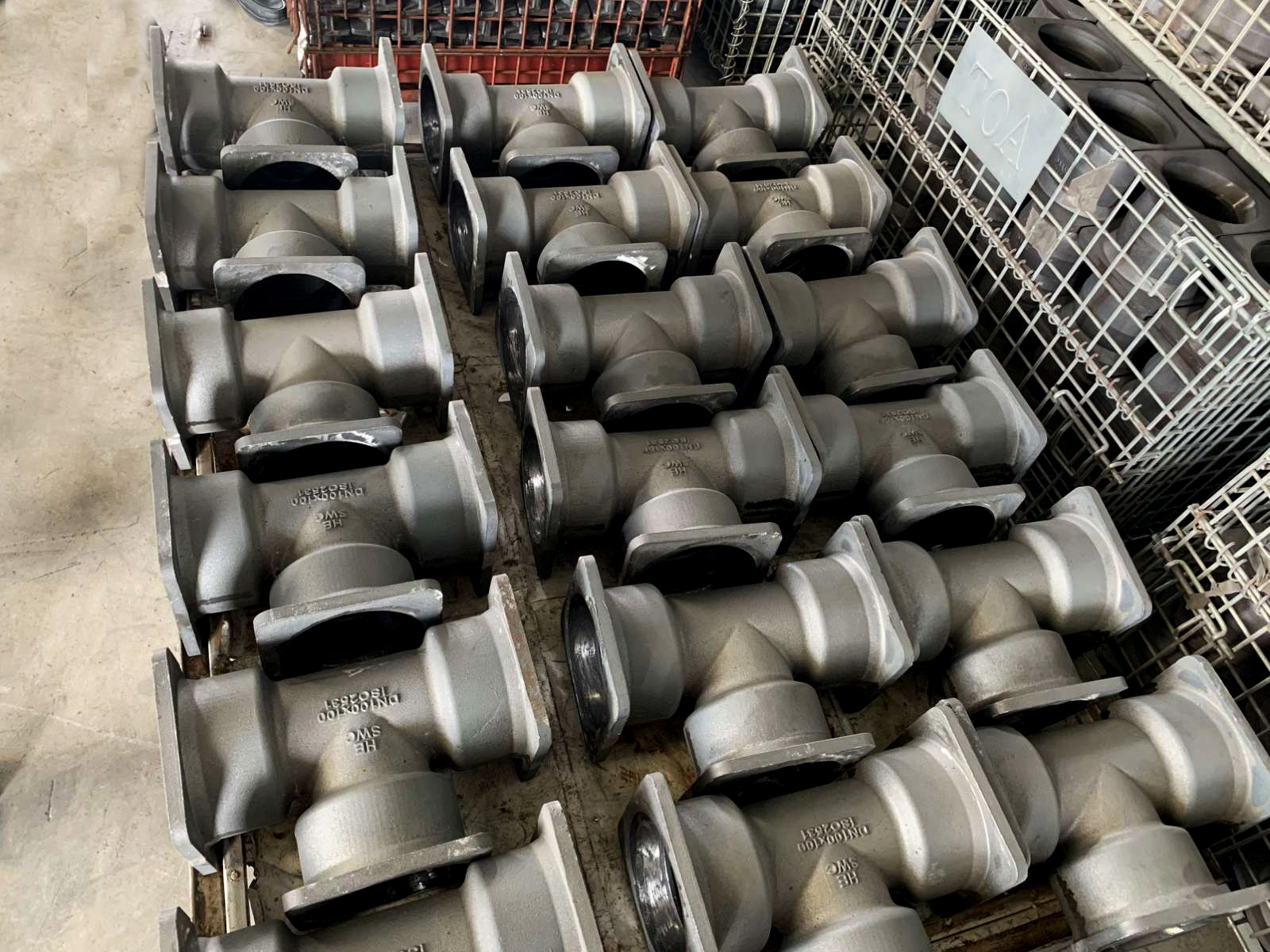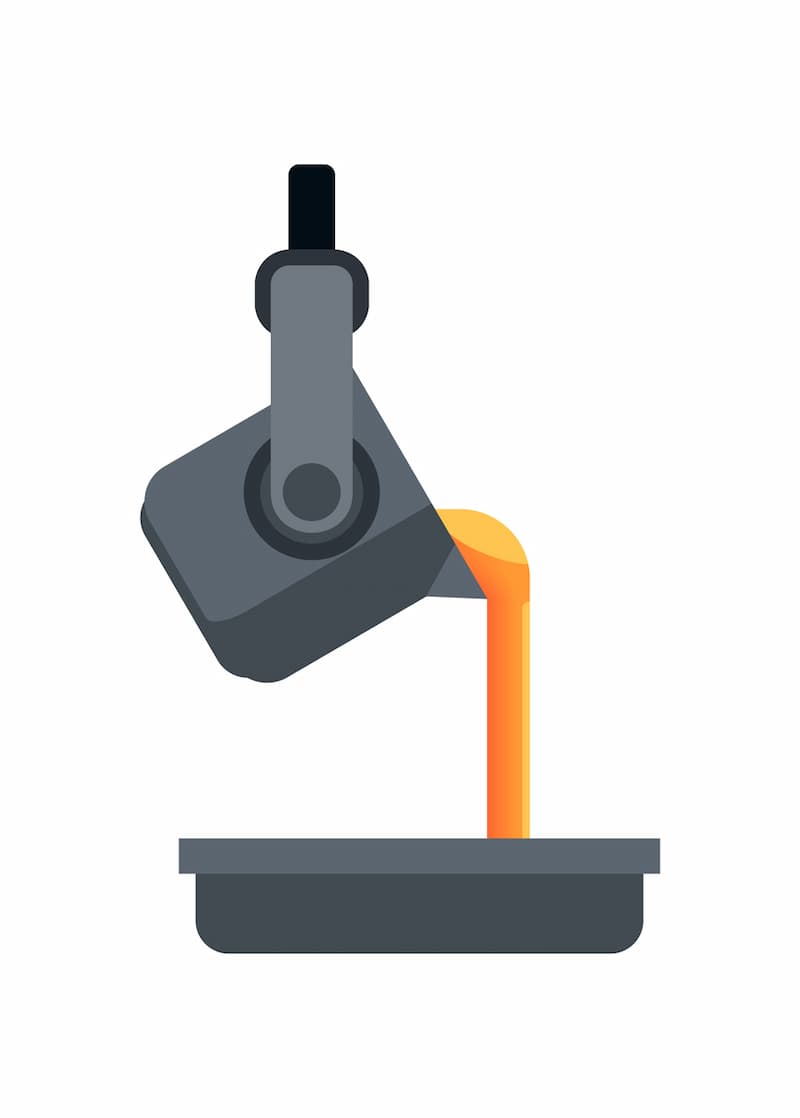The ultimate guide to Metal Castings for industry professionals
The Duty of Metal Casting beforehand Production Technologies
Metal Casting have actually notably affected the development of manufacturing technologies. They supply special design adaptability, enabling the production of detailed geometries vital for different applications. Modern casting methods are being improved by developments like 3D printing and automation. These advancements not only improve effectiveness but likewise address difficulties in precision and sustainability. As markets proceed to progress, the function of Metal Casting remains crucial in forming their future. What lies ahead in this vibrant field?
The Advancement of Metal Casting Methods
As the demand for accuracy and effectiveness in production has actually grown, the development of Metal Casting strategies has gone through considerable change. Historically, Metal Casting started with simple methods such as sand casting and lost-wax casting, which allowed craftsmens to create complex shapes. With time, improvements in innovation presented processes like die casting and investment spreading, enhancing precision and decreasing waste. Metal Castings. The intro of computer-aided design (CAD) and simulation software changed the drawing board, making it possible for makers to prepare for prospective problems and enhance styles prior to production. Furthermore, the growth of new materials, such as sophisticated alloys and composites, has expanded the range of applications for Metal Casting. Automation and robotics have further refined spreading procedures, boosting uniformity and efficiency. Consequently, the Metal Casting market has adapted to meet the requirements of modern-day manufacturing, concentrating on sustainability and development to continue to be competitive in an ever-evolving market
Applications of Metal Casting in Trick Industries
The innovations in Metal Casting methods have actually opened up a vast array of applications across numerous industries. In the automobile field, Metal Casting are indispensable for generating engine blocks, transmission housings, and other essential elements that require high strength and sturdiness. The aerospace market utilizes castings for detailed parts like turbine blades and architectural elements, guaranteeing lightweight yet durable services for aircraft.

In addition, the construction sector utilizes Metal Casting for architectural components such as fittings and beams, adding to the integrity of structures and facilities. In the power market, spreadings play a crucial role in manufacturing components for wind generators and power generation equipment, enhancing efficiency and reliability. On top of that, the clinical area gain from precision spreadings utilized in surgical instruments and prosthetics, showing the convenience of Metal Casting across diverse applications. This wide usage emphasizes the importance of Metal Casting in modern-day manufacturing practices.
Advantages of Metal Casting in Modern Manufacturing
Metal Casting use many advantages that significantly improve contemporary manufacturing processes. One vital advantage is layout flexibility; Metal Casting allows for the creation of complicated shapes and elaborate geometries that are commonly challenging or difficult to achieve with various other manufacturing methods. This ability makes it possible for manufacturers to maximize item styles for capability and performance.
Additionally, Metal Casting can support a vast array of materials, consisting of iron, steel, and aluminum, which can be tailored to meet particular mechanical homes and corrosion resistance demands.

Cost-effectiveness is an additional notable benefit; Metal Casting procedures can create huge quantities of parts with marginal product waste, thereby reducing production prices.
The toughness of actors metal components contributes to the durability of items, minimizing the demand for constant replacements. In general, the benefits of Metal Casting considerably add to effectiveness, sustainability, and technology within contemporary manufacturing settings.
Innovations Driving the Future of Metal Casting
While standard Metal Casting techniques have actually offered the sector well for years, current technologies are poised to reinvent the field. Advancements such as 3D printing innovation enable quick prototyping and the manufacturing of complex geometries that were previously unattainable. These developments not just enhance style versatility but additionally lower waste and shorten lead times. Additionally, the combination of automation and robotics in casting procedures is improving operations, improving accuracy, and improving worker safety and security. Moreover, the advancement of brand-new alloys and composite materials is allowing the production of more powerful, lighter castings customized for specific applications. Digital click here to find out more technologies, including expert system and equipment discovering, are enhancing spreading parameters and anticipating upkeep, driving improved quality control. Jointly, these developments are pressing the borders of Metal Casting, fostering higher effectiveness and sustainability in manufacturing, and positioning the market for future development and competitiveness.
Obstacles and Solutions in Metal Casting Processes
As developments in Metal Casting innovation remain to reshape the market, numerous difficulties stay that suppliers should address to totally go right here utilize these advancements. One substantial problem is the irregularity in material residential or commercial properties, which can lead to inconsistent top quality and performance. This variability commonly results from fluctuations in basic materials and handling problems. Additionally, the rising expenses of power and materials position monetary constraints, pressing suppliers to look for extra reliable procedures.
To battle these difficulties, companies are significantly adopting automated systems and advanced simulation techniques to improve precision and consistency. Implementing top quality control measures throughout the production process also assists in finding defects early. Moreover, purchasing research for alternate products might boost and decrease expenses sustainability. By resolving these obstacles with innovative solutions, the Metal Casting market can enhance performance and maintain competition in the developing production landscape.
Often Asked Questions
What Products Are Frequently Utilized in Metal Casting Procedures?
Typical materials utilized in Metal Casting procedures include aluminum, bronze, magnesium, and iron. Each material has distinct buildings that provide to various applications, improving the adaptability and performance of the last cast products in various sectors.
How Do Ecological Regulations Effect Metal Casting Operations?
Environmental laws urge Metal Casting operations to adopt cleaner modern technologies and techniques, frequently increasing manufacturing costs. Compliance might bring about innovative processes that minimize waste and emissions, eventually promoting sustainability within the Metal Casting industry.
What Are the Precaution in Metal Casting Facilities?
Precaution in Metal Casting centers include correct ventilation, personal safety tools, routine safety and security training, equipment upkeep, and adherence to safety guidelines, making certain a safe and secure atmosphere for employees while lessening dangers related to dangerous materials and processes.
Just How Is Top quality Controlled in the Steel Casting Process?
Quality control in Metal Casting involves strenuous assessments, including visual analyses, dimensional checks, and material testing. Adherence to industry standards and carrying out high quality administration systems guarantees that spreadings satisfy specific requirements throughout the production process.
What Is the Future Job Expectation for Metal Casting Professionals?
The future task expectation for Metal Casting experts shows up encouraging, driven by advancements in innovation my response and raising demand throughout different sectors (Wisconsin Aluminum Foundry). Development in automation and sustainable techniques will likely create brand-new opportunities in this market
Historically, Metal Casting started with simple techniques such as sand casting and lost-wax casting, which permitted craftsmens to develop detailed shapes. Over time, developments in modern technology presented processes like die casting and financial investment casting, boosting accuracy and decreasing waste. In addition, the medical field benefits from precision spreadings made use of in surgical instruments and prosthetics, showing the convenience of Metal Casting throughout diverse applications. Metal Casting supply countless benefits that greatly enhance modern production processes. Typical materials used in Metal Casting processes include aluminum, magnesium, iron, and bronze.